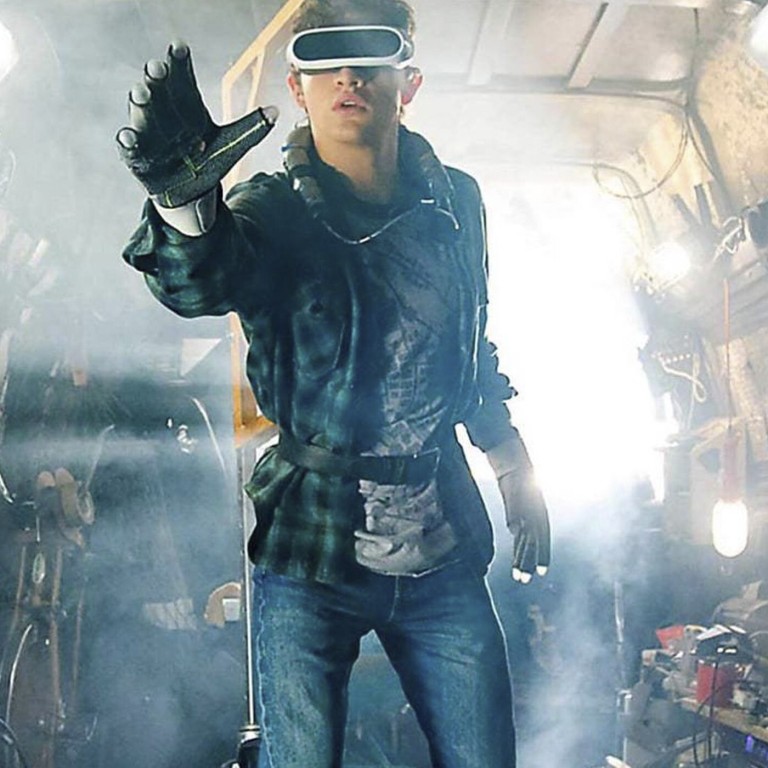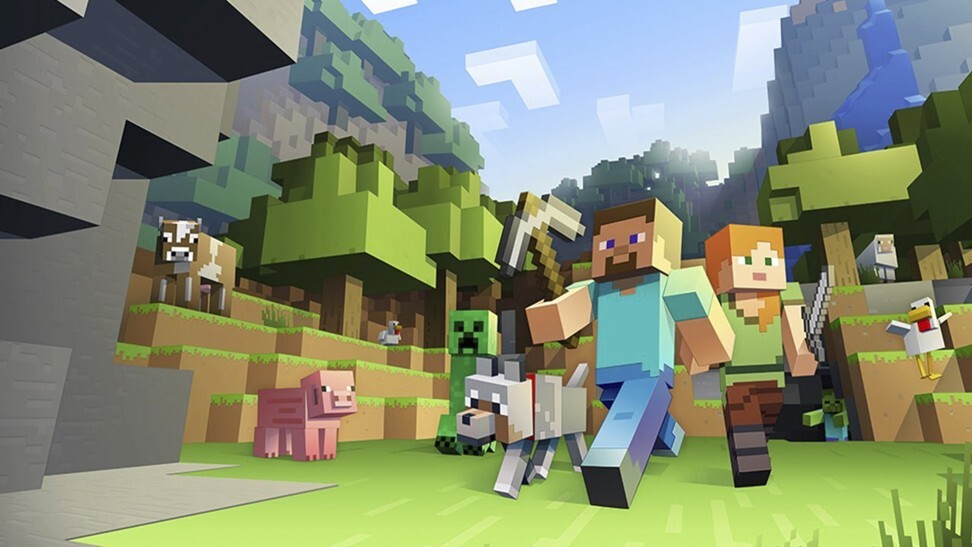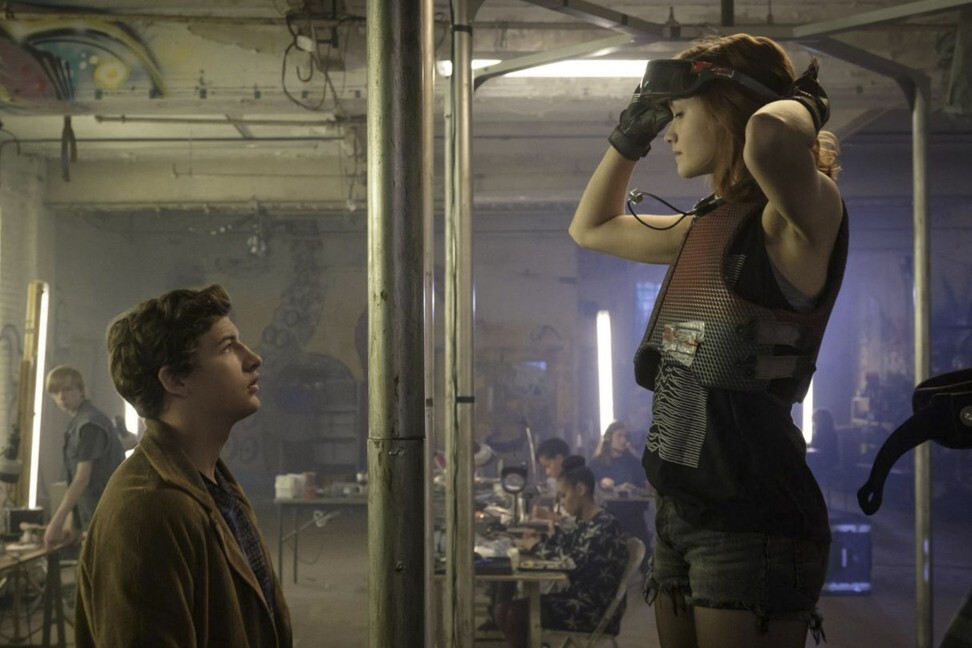
Where Minecraft meets Marvel: the future of the digital world is a ‘metaverse’ where video games, music and films all come together
- The metaverse is a digital place where you go to find the things you love in a single, seamless experience – and when you leave, the world continues to develop
- This vision is starting to become a reality, even if obstacles such as licensing rights stand in the way of progress towards a fully immersive virtual world
Welcome to the pleasuredome! The digital world is fast becoming a reality to rival the physical world, and media are converging to form a “metaverse” that allows humans to assume a single digital identity and seamlessly move around in an infinite space that’s filled with their favourite games, films and music.
That was the big takeaway from the recent LA Games Conference, which this year took place online, organised by Digital Media Wire. In panels, speakers debated the impact of converging media on the future of humanity, as well as analysing new trends, the impact of NFTs on their business and the state of companies’ bottom lines.
So what is the metaverse?
The definitions of each panellist varied, but all agreed that the virtual world displayed in Steven Spielberg’s film Ready Player One, based on the 2011 novel of the same name, held some clues.

Generally, the metaverse is a place that you can go to find the games, music, films and programmes that you like, all brought together in a single immersive experience. For instance, in Ready Player One, when entering the metaverse the hero drives Doc’s De Lorean from Back to the Future, listens to Van Halen, runs into King Kong and encounters all manner of pop cultural icons in the same virtual space.
The metaverse, which was first described in Neal Stephenson’s 1992 novel Snow Crash, will be immersive and three-dimensional – this is where virtual-reality technology comes in. The defining quality of the metaverse is persistence. When a participant leaves the metaverse, it continues to develop – it has an independent existence which you can’t turn off or pause. Enterprising panellists also suggested that the metaverse will have its own currency, so that a single wallet could buy upgrades and equipment for every game.
ByteDance ploughs US$15 million into Roblox rival, challenging Tencent
The holy grail of the metaverse is a player’s avatar that is also persistent, which means that s/he can use the same avatar in every game or experience. A player’s avatar is, in a sense, a single representation of an individual that can go anywhere in the metaverse, and evolves because of its experiences there.
This marvellous – or terrifying, depending on your point of view – virtual vision is a long way off. But such convergence is starting to become a reality, panellists said, noting the success and popularity of gaming platforms Roblox and Minecraft.
Roblox is a gaming platform that allows users to program their own games using the company’s game creation software. Roblox is already a kind of multiverse, with around 160 million monthly users and its own communities and currency. The online version of Minecraft, in which users explore and create a blocky terrain, has 125 million monthly users.

Panellists described the two games as “mini-verses”, postulating that a metaverse could be created if players could move between the two platforms.
“Everyone gets the feeling of being together. What if we could get a bridge between Roblox and Minecraft? How do we get these communities to see each other?” said Saxs Persson, co-chief creative officer for Mojang Studios, Minecraft.
Television companies are also trying to create metaverses, which are more like concepts that link through all media – television shows, films, spin-off games, websites, social media and so on.
Play Fortnite as Brazilian soccer star Neymar
“There is an entire metaverse being built around Star Trek at Paramount. It allows Trekkies [Star Trek superfans] to live their life in that world,” said Ted Schilowitz, futurist – yes, that really is his official job title – at Paramount Pictures.
“There is a massive amount of work going into tapping the Star Trek name. The Star Trek intellectual property [IP] keeps finding new relevance for older viewers and it also interests young viewers.”
One obstacle to the metaverse is licensing rights. Film companies are notoriously protective of their intellectual properties – essentially their characters, such as Marvel’s Spiderman and DC’s Batman – and rarely allow them to be placed in media that they cannot micromanage.

Obtaining the rights to use cultural icons can be a minefield. Great swathes of pop culture were reportedly omitted from Ready Player One because of the impossibility of Spielberg obtaining the rights to put them in the film.
Companies are especially reluctant to have their IPs in games next to the IPs of other companies, which is why, if you have a particularly perverse view of entertainment, you’ll be disappointed that you’ll never see Mario hanging out with Batman outside home-made fan videos. Record labels are even more protective of their recordings, especially as, other than a one-off synchronisation fee, there is no mechanism for them to get paid for a track’s use in a game.
Media companies will have to become less protective of their creations if they want to benefit from the metaverse, and that is starting to happen, panellists said. Record labels used to keep the games industry at arm’s length, but games are now so popular they are actively seeking to position their artists’ tracks in them.
What’s more, although they are not quite there yet, film companies are slowly coming around to the idea that mashing their creations up with those of rival companies may not be the disaster they thought it would be.
Tai Kwun curator on the book that brought him to Asia
It may not even matter. Games are now a bigger industry than movies, so perhaps the industry’s creations are popular enough to people the metaverse on their own. After all, games like Call of Duty are more popular than any film.
“We don’t really need to rely on Hollywood IPs any more,” said Andreea Enache, head of global development at Blind Squirrel Entertainment. “But Hollywood gives us storytelling, and that should be celebrated. Hollywood is starting to fall in love with the way that we [the games industry] do things, and that is good. We are reinventing our relationship.”
Those who have seen Ready Player One will have marvelled at the amazing visuals of Spielberg’s metaverse – but panellists admitted that such graphics were way beyond today’s virtual technology. Audiences will have to lower their expectations of the metaverse a bit, they said, noting that the future may have the blocky appearance of Minecraft for some time to come.
